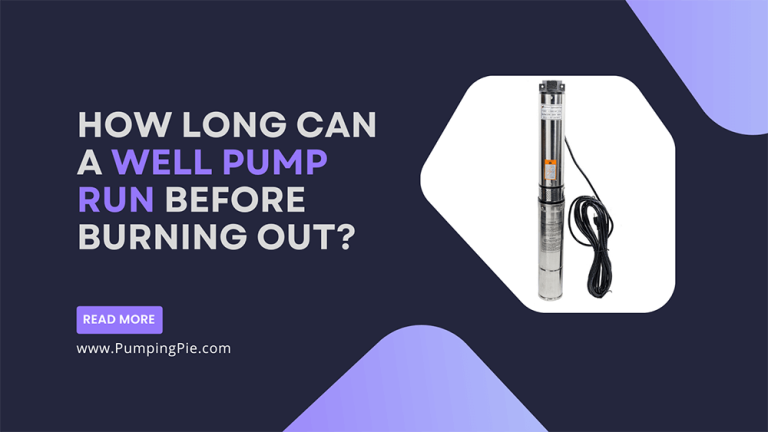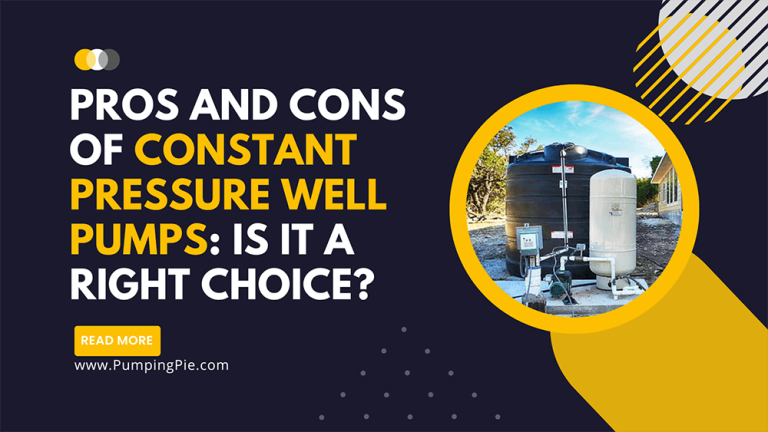Well Pump Running But Not Building Pressure: How To Fix It?
A well pump creates pressure to force water from the source deep into the ground where it can be used. Your pump can break if it gets too much pressure, but what to do when your well pump is running but not building pressure?
It’s a widespread problem for every pump user. Several factors can cause this, including faulty and dirty equipment, the air in the pipes, and improper priming.
In this post, we’ll explain what you should do when your well pump goes wonky.
Contents
What Are The Signs of Well Pump Failure?
A well pump failure can cause a lot of damage to your system. Sometimes, it may even render your water supply unsafe or unusable.
The signs of well pump failure are pretty easy to spot. Take a look at these signs to know if your pump is in trouble:
- Pumping air
- Low-pressure water supply to pipes
- The pump starts and stops intermittently
- High electric bills
- Pumping sediment or sand
- Noisy operation
- Pump leaks
- Diminishing flow rate
Well Pump Running But Not Building Pressure: Possible Reason & Solution
There are many reasons why your well pump runs but does not build pressure.
| Reason | Solution |
| Worn Out Pump Impeller | Replace the impeller |
| Air in the Pipes | Flush air from the pump |
| Incorrect Priming | Remove excess water from the pipe |
| Leak In Pipes | Fix the leak |
| Clogged in Well Pipes | Clean out the pipes |
| Bad or Faulty Valve | Replace the valve |
| Present Flow Restrictor In The Pipe | Remove the restrictor |
1. Worn Out Pump Impeller
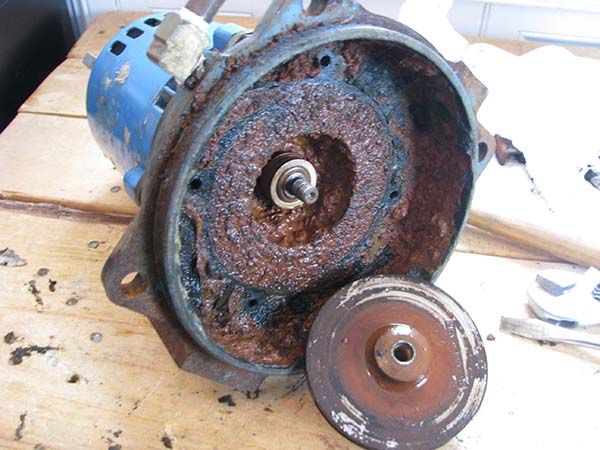
It’s a common problem—the impeller helps to increase pump pressure. The impellers will wear out with time and use.
If it gets too worn out, it won’t be able to circulate water adequately, as a result of which it won’t be able to build pressure in the well pump.
Solution:
It’s best to replace the well pump if the impeller is heavily worn out. You can do this if you’re handy with plumbing stuff and can do it on your own without any help from an expert.
2. Air in the Pipes
Well pumps are usually installed in water wells or boreholes. The water is pumped through the pipes and then deep into the ground.
If there’s a pinhole in the line, even a small amount of air can cause your pump not to have enough pressure to build.
Solution
You can flush any air from the entire system by running clean water through it for an hour or two, then shutting it off and letting it sit for 48 hours. After this interval, you should try removing dirt and debris inside.
3. Incorrect Priming
If the well pump has been installed recently, it might not have enough water to build pressure. This is why you must ensure that you prime the pump correctly before turning it on for the first time.
Solution
The most common way to prime a pump is by pouring water into the discharge pipe, then covering it with your hand and running the pump for a few seconds, letting any excess water run out.
4. Leak in Pipes
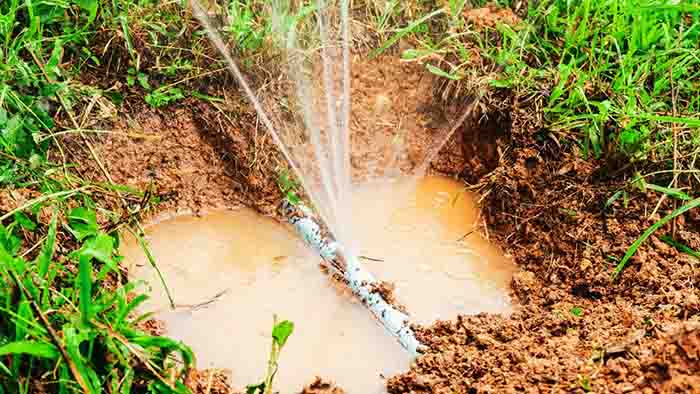
A leak in pipes connected to the well pump can also keep it from building pressure. This is why it’s essential to check that all connections are tight and free of cracks.
Solution:
Fix any leaks as soon as possible. A temporary solution is to wrap some duct tape around the connections and see if that does the trick. You can also use a pipe sealant for a more permanent solution.
5. Clogged in Pipes
Sometimes, sediment can build up in the well piping, and if it’s not cleaned properly, it can clog the water flow into the pump. This can prevent your well pump from building up pressure.
Solution:
Clean out the pipes and ensure no clogs by using a garden hose to flush everything out thoroughly. You can also blow everything out since that is more effective than just flushing with water alone.
6. Bad or Faulty Valve
A valve is a part of a pump used to control the flow and pressure of the water coming into the pump. It’ll prevent your pump from building pressure if it stops working or goes bad.
Solution:
Get in touch with a plumber and have them replace the valve on your well pump.
7. Present Flow Restrictor In The Pipe
A flow restrictor is used to slow water flow into a pump. This is also used when pipe pressure is higher than your pump can handle. If there’s a flow restrictor in your system, it could be preventing your pump from building pressure.
Solution:
Remove the flow restriction and see if your well pump builds pressure now.
How To Test A Well Pump?
There are a few different ways to test a well pump, but the most common is to use a multimeter. A multimeter is an electronic device that can measure voltage, resistance, and current.
To test your well pump with a multimeter, you’ll need to:
- Turn off the power to the pump.
- Remove the cover from the pump.
- Locate the wires
- Connect the multimeter to the two wires.
- Turn on the power to the pump.
- Check the multimeter’s reading.
If the multimeter reading is within the normal range, your pump works properly. But if the reading is outside the normal range, your pump may have a problem.
Note:
This video shows how to test a well pump. Might come in handy for you while experimenting with the test.
FAQs
How long does it take for a well pump to build pressure?
The time it takes for a pump to build pressure depends on the flow rate of water flowing in and out of the pump. It’s also dependent on the height of the column of water between the pump’s intake and discharge points. However, it takes 45 sec to 120 sec to build pressure.
How to reset the pressure switch on the well pump?
Hold the lever until the pressure increases and the gauge shows more than 40-45 psi. Then let the pump run, and it’ll work on its own till the pressure exceeds 60 psi. Lastly, shut off the pump.
How much do well pumps cost to replace?
It depends on the brand, size, and cost of labor. A well pump can cost anywhere between $1,350 and $5,300 to replace.
Can you back flush a well pump?
Yes, you can back flush a well pump. Run the air compressor through the hose, into, and out of the pump until it’s clean. Then let the pump continue to pump until the pressure is cut out and then shut it off.
Conclusion
The pumps are beneficial when they’re working correctly, but they can be a pain if they’re not working correctly. Fortunately, several possible problems can cause a well pump running but not building pressure, and most of them have simple fixes.
However, you don’t need any special expertise or knowledge, as long as you follow the solutions we’ve already provided. We hope that our guide will be very useful for you. Good luck.
As an Amazon Associate, I earn from qualifying purchases.

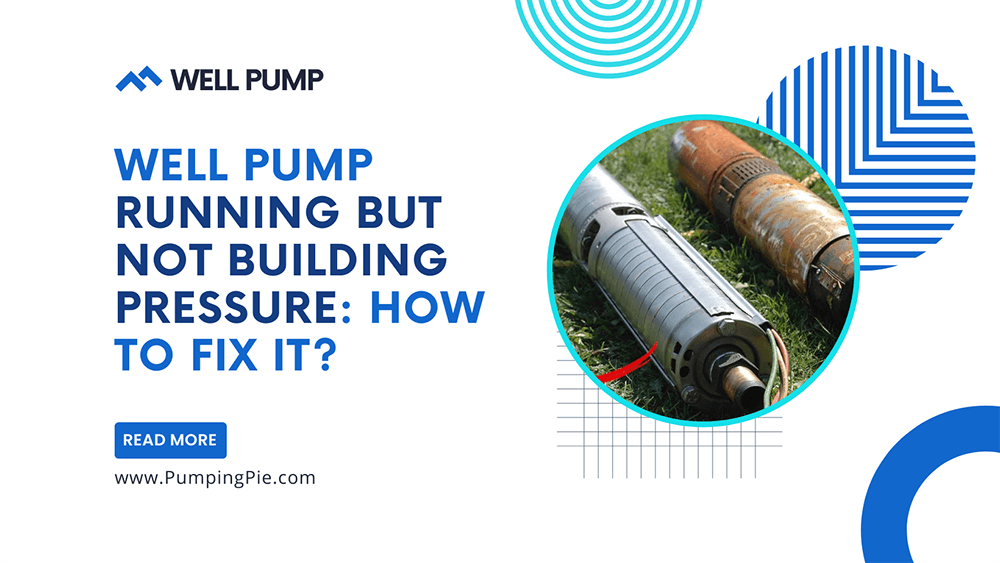

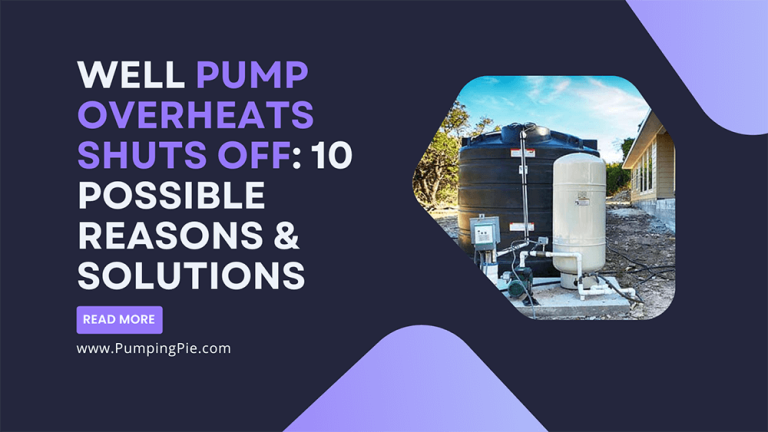
![Can You Burn Out A Well Pump [Reasons & Quick Solutions]](https://pumpingpies.com/wp-content/uploads/2022/08/Can-You-Burn-Out-A-Well-Pump-Reasons-Quick-Solutions-768x432.png)
